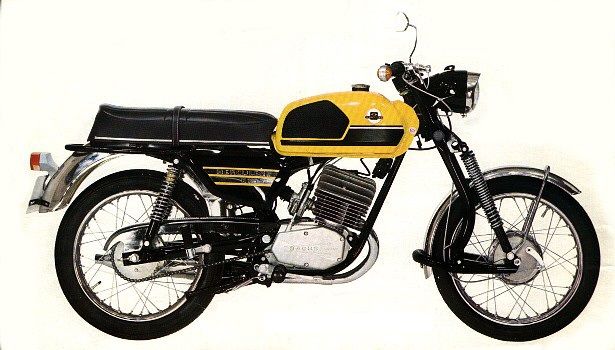
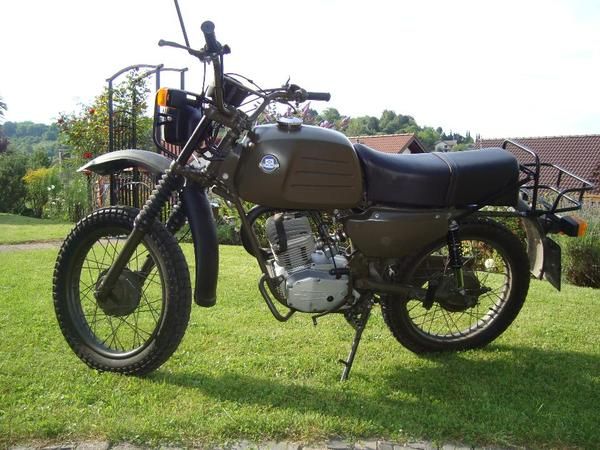
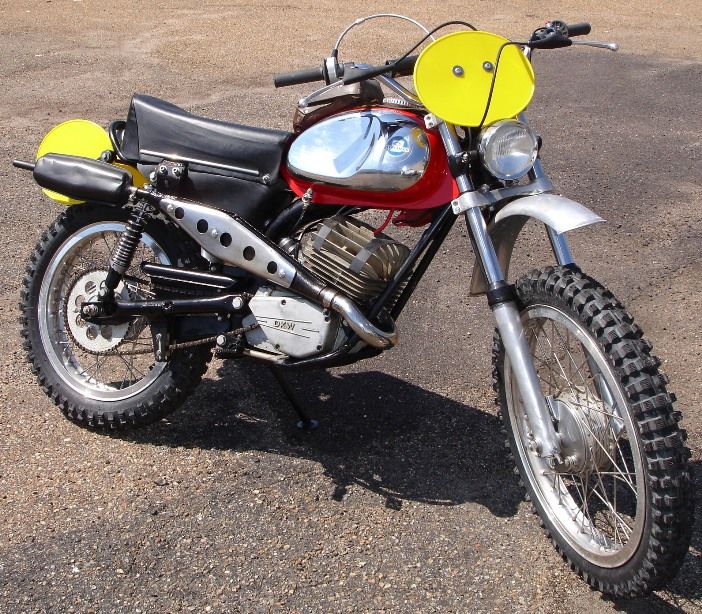
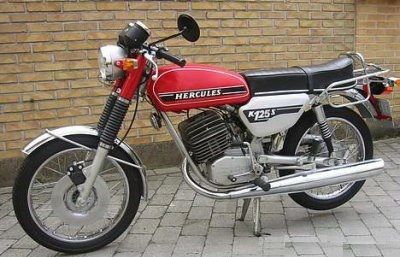
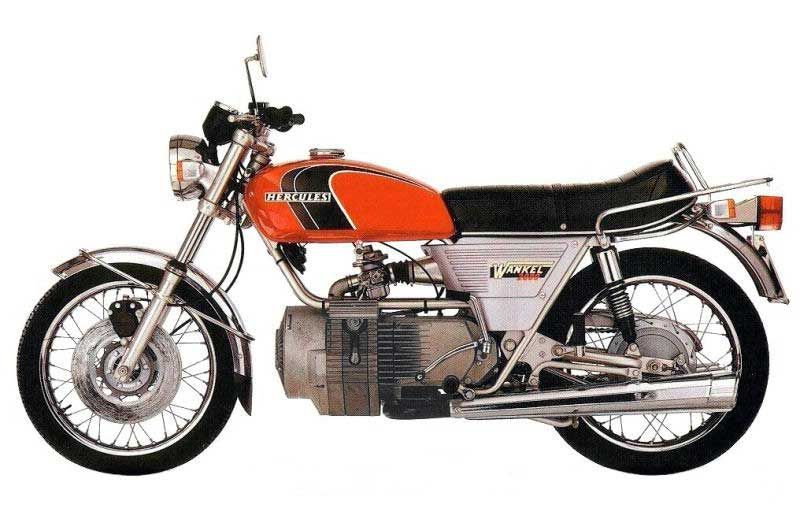
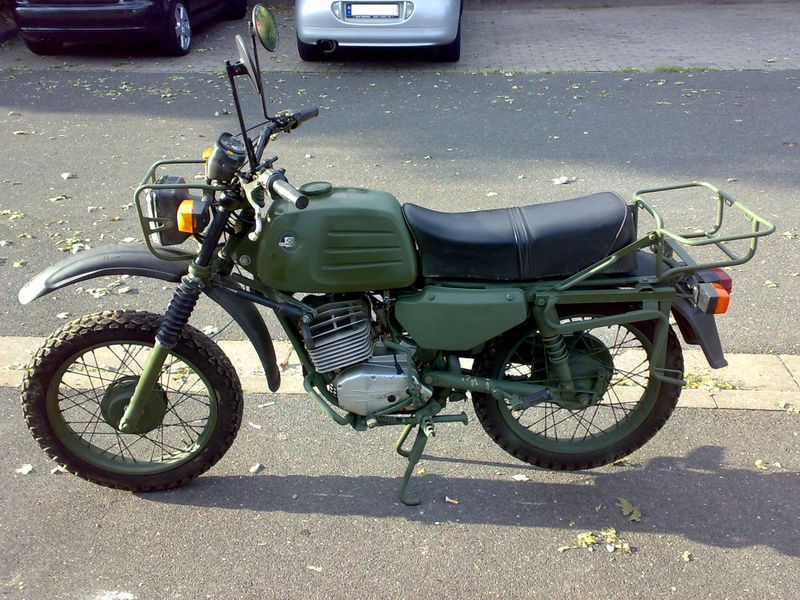
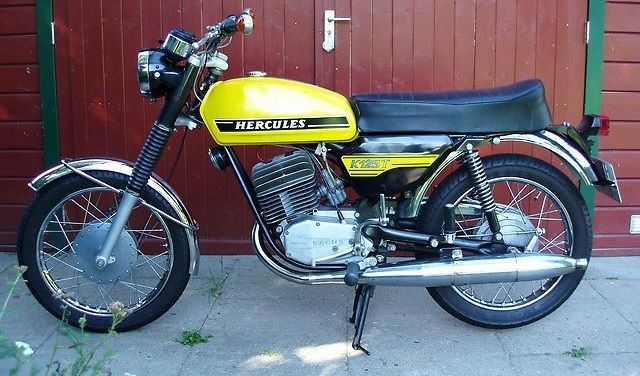
Models
brand story
The Hercules Company was founded in 1886 to produce bicycles and began producing motorcycles in 1904. It was merged with Zweirad Union after being purchased by ZF Sachs in 1963. In the 1950s and 1960s Sachs was the largest European fabricator of two-stroke motorcycle engines. Many of these engines were used in the Hercules line of small motorcycles, scooters and mopeds.
In 1974 Hercules became the first company to offer a Wankel-engined motorcycle for sale to the general public. A prototype was first shown in 1970 at the West Cologne Fall Motorcycle Show to a mixed reception, and the production bike was sold as a Hercules product except in the United Kingdom, where it was marketed as a DKW motorcycle. The W-2000 had a single-rotor air-cooled engine of 294cc that produced 23 hp, later increased to 32 hp. Cooling was by a large fan placed in front of the engine (and the slipstream breeze while riding) and engine lubrication was by manually adding oil to the fuel in the tank. In 1976 Hercules launched the W-2000 Injection in which engine lubrication was from a separate oil tank via a pump. It had 18-inch wheels, a front disc brake and a rear drum brake. According to a March 1976 review in Cycle World, the handling was good but the bike's low ground clearance limited its cornering ability. That review also declared the W-2000 to be a daily commuting bike, not a sport motorcycle. Hercules introduced a rotary-powered dirt bike (the KC-30 GS Enduro) in May 1975, but the model failed to sell due to its high price ($2,900). The Fichtel & Sachs single-rotor engine of 300 cc swept-volume as used in the Hercules – the only commercially available engine at the time – was used as a basis by BSA's project engineer David Garside in the early 1970s when designing a twin-rotor motorcycle engine of 588 cc, which reached production as the "Norton Classic". Production of motorcycles ceased in 1996.
